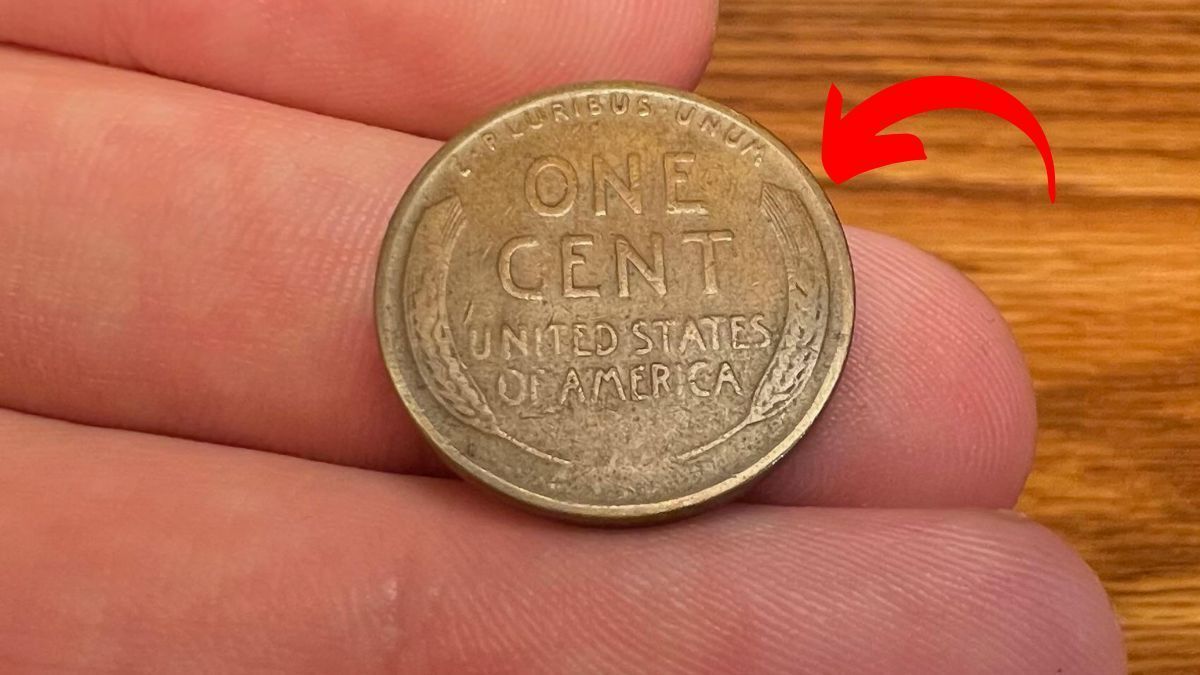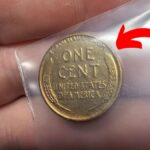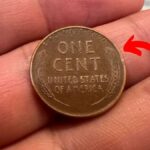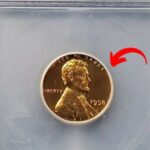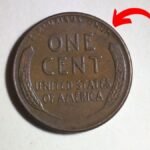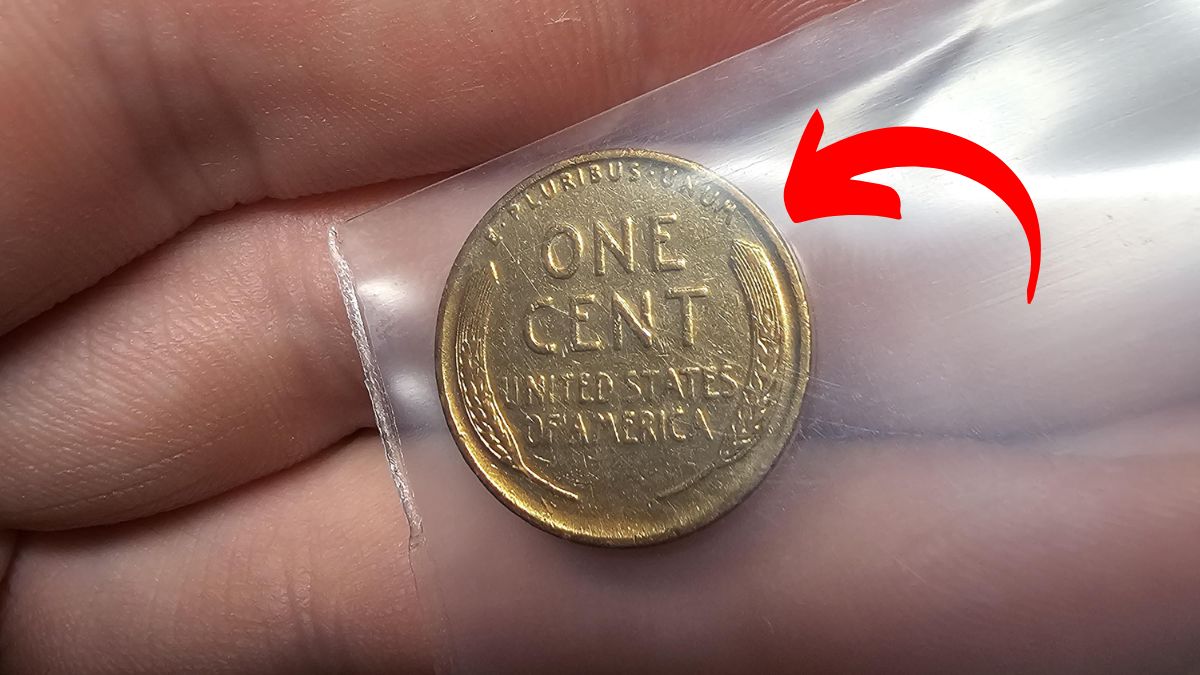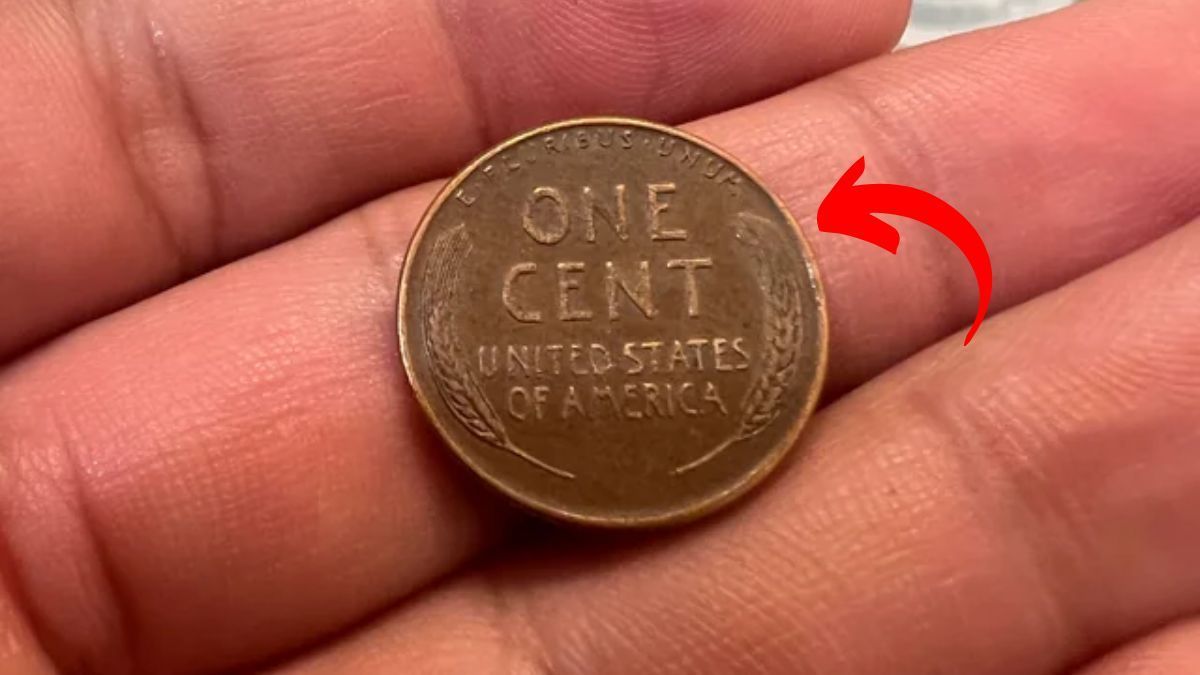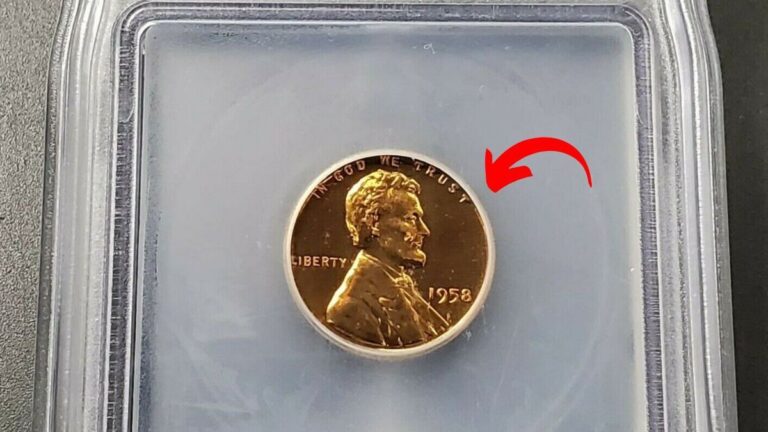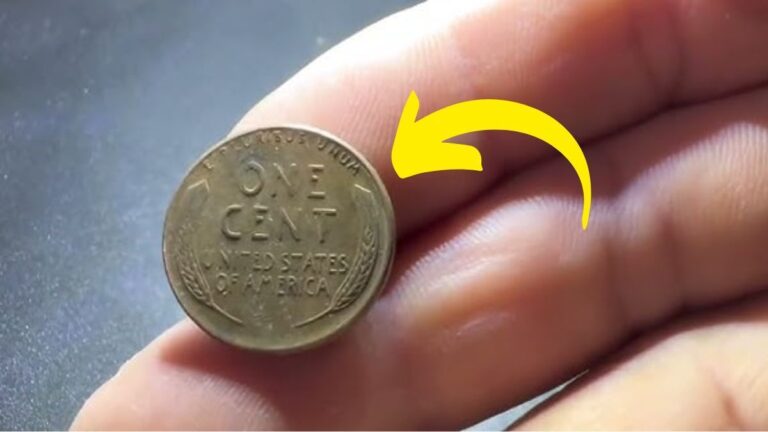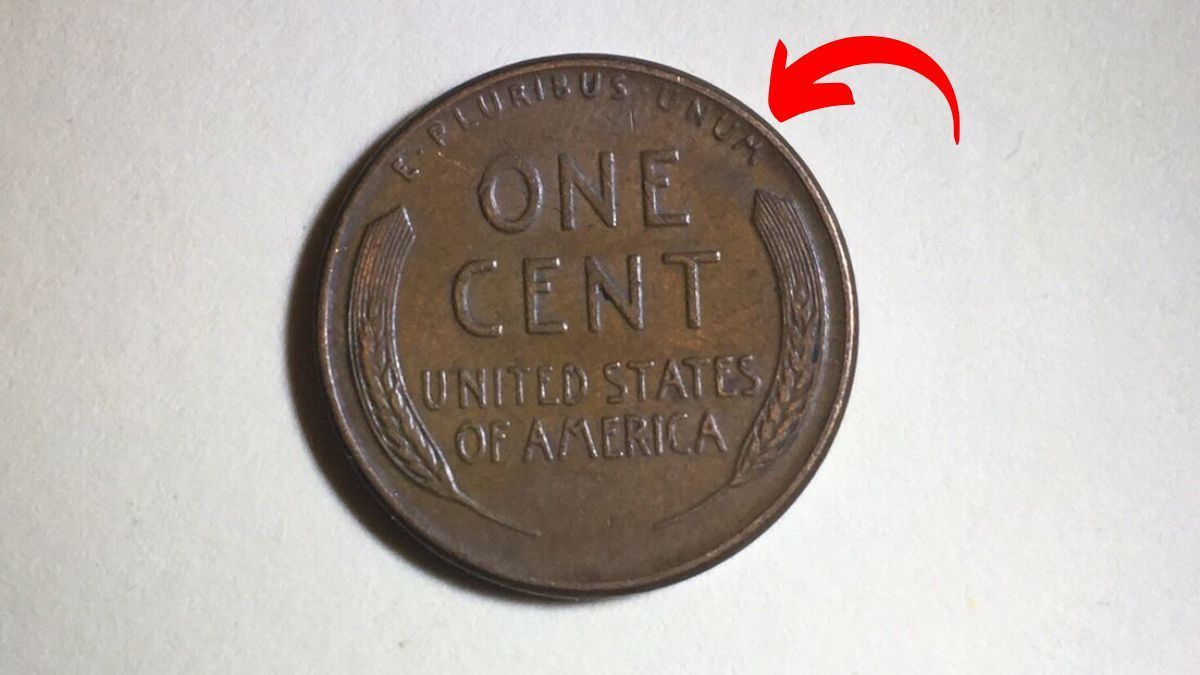The Lincoln Wheat Penny Valued at $6 Million: In 1909, the United States Mint made history by creating the first American coin with a real person’s face on it. This coin, the Lincoln Wheat Penny, celebrated Abraham Lincoln’s 100th birthday. Before this, American coins usually showed symbolic figures like Lady Liberty. Designer Victor David Brenner created the penny with Lincoln’s profile on the front and two wheat stalks on the back. These wheat stalks gave the coin its popular nickname: the Wheat Penny. For almost 50 years, from 1909 to 1958, these pennies were part of everyday American life before being replaced by the Lincoln Memorial design.
The Million-Dollar Penny
While most Wheat Pennies are worth just a few cents, some rare versions can be incredibly valuable. The most precious is the 1943 Copper Wheat Penny, worth an estimated $6 million – that’s 600 million times its face value! This extraordinary value comes from a fascinating wartime mistake.
During World War II, copper was needed for military equipment, so the U.S. Mint switched to making pennies from zinc-coated steel in 1943. However, a few copper blanks were accidentally left in the machines. These mistakes created perhaps fewer than 20 copper pennies dated 1943, making them extremely rare and valuable historical items.
Other Valuable Wheat Pennies
While the 1943 copper penny is the most valuable, other Wheat Pennies are also worth searching for:
The 1909-S VDB penny is special because it includes the designer’s initials (VDB) on the back. The Mint quickly removed these initials after public criticism, making this version rare. Well-preserved examples can sell for $2,000 to $10,000.
The 1914-D (Denver mint) penny had fewer coins made and many were lost through everyday use. Finding one in good condition could be worth several thousand dollars.
The 1922 “Plain” penny resulted from worn equipment at the Denver mint, creating coins without the expected “D” mark. These error coins can be worth thousands.
The 1955 Doubled Die penny shows obvious doubling of the date and words due to a minting error. Even in moderately worn condition, these can be worth thousands.
Could You Find a Valuable Penny?
One exciting aspect of coin collecting is that valuable pennies might still be out there waiting to be discovered. People inherit jars of old coins without knowing their value, and these collections often contain Wheat Pennies that get spent or cashed in at banks. Not everyone recognizes valuable coins, and pennies set aside decades ago sometimes return to circulation when homes are cleared out.
Discovery stories keep the dream alive. In 2019, a Massachusetts family found a 1943 copper penny in their father’s collection after he passed away – a treasure he had kept since childhood without knowing its true value.
How to Spot Valuable Wheat Pennies
If you want to check your own coins, here’s what to look for:
First, look at the back side for the two wheat stalks – this identifies it as a Wheat Penny (1909-1958). Next, check the date on the front below Lincoln’s image, along with any mint mark. Coins from Philadelphia have no mark, while Denver coins have a “D” and San Francisco coins have an “S.”
Pay close attention to key dates: 1909-S, 1909-S VDB, 1914-D, 1922 (no D), 1931-S, and any 1943 penny that looks copper instead of steel. A real 1943 copper penny won’t stick to a magnet, while the normal 1943 steel pennies will.
The condition greatly affects value – even common Wheat Pennies in perfect condition can be worth more than face value. For potentially valuable finds, consider professional authentication.
The Joy of Collecting History
Searching for Wheat Pennies connects us with American history in a personal way. These coins passed through countless hands during important moments in our nation’s past. The 1909 issues witnessed the beginning of the automobile age, while 1943 pennies circulated during World War II.
Anyone can start looking for valuable pennies without spending money, making this hobby accessible to everyone. The possibility that a coin worth millions might still be hiding in a jar of old change keeps collectors of all ages checking their coins.
So the next time you see an old penny, take a second look – that ordinary-looking coin might be an extraordinary treasure.
Disclaimer: This article is for informational purposes only. Coin values fluctuate based on market conditions, and professional authentication is recommended before buying or selling potentially valuable coins.
